Alas, I found it. One year after being introduced to Germany’s exquisite Auslese Rieslings* — and several years of merely shrug-worthy, ambiguous American versions of the grape — I came upon a stateside Riesling to rival the best of the Mosel River.
Naturally, its from Oregon. With its soggy springs, two months of reliable warmth and crisp autumns, it has the perfect climate to foster Riesling carefully. Combine this almost-Germanic climate and terrain with its highly educated and devoted culture of winemakers (who have proven they can study and replicate and even improve the methods of Old World wines) and it’s no surprise where it hails from.
The wine is Elk Cove Vineyards’ Riesling Late-Harvest, a golden-flavored shot of sweet sunshine if there ever was one. It was batting clean-up on their tasting flight two weeks ago when I stopped by the vineyard on vacation. Located far off the beaten path in the mountains west of Gaston, the estate vineyard is situated on a gorgeous parcel of land, draped over a hilltop bowl that looks especially designed to soak up the sun’s rays.
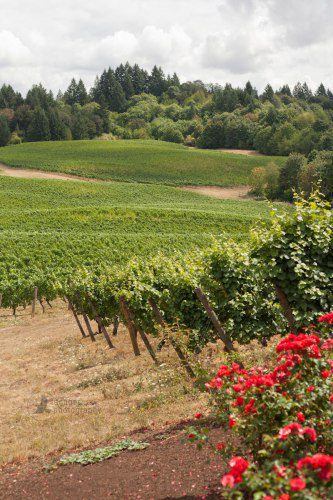
Inside the tasting room, I was offered a progression of wines that were all remarkable: the Estate Riesling, a Rosé of Pinot Noir, a single-vineyard and estate Pinot Noir, and finally, the Late-Harvest Riesling. Some wines take hold of you over the course of a bottle; this one grabbed me from the first sip. Tada! Guess this is the bottle I’m buying today.
That night, we opened it on the Oregon Coast to kickoff a long weekend with our Portland-based friends. It followed Raptor Ridge’s impeccably good Grüner Veltliner, and it was hard to say which star shined brighter. I was taken by the Late-Harvest Riesling because of how noticeable its craftsmanship was. It burst with both nectarine and lime, two fruits that are usually at opposite ends of the ripeness spectrum. It was honeyed in sweetness, but paradoxically, lingered cleanly on the palate — no coating, sugary feel that would have me reaching for a toothbrush afterward (a problem with so many cheap Rieslings). I was reminded of a couple of magical wines I enjoyed in Germany last fall — at Walter J. Oster and Dr. Pauly Bergweiler — that were done in the Auslese method and had this exact, two-way magic to them. To know that Oregon was capable of doing the same was not as surprising as it was encouraging.
That’s not to say that finding the right Riesling is as simple as “Mosel River Rieslings are always good; American ones are hit-and-miss.” Rieslings themselves are hit and miss. I’ve had bad bottles from both sides of the Atlantic. And I have found some very good dry, American Rieslings before, namely from Handley Cellars and Breggo (now called FEL Wines) in California’s Anderson Valley. And Trisaetum, also in the Yamhill-Carlton AVA, has a stellar Riesling reputation (I ran out of time for a visit there).
Point being: I figured that a Riesling like this was out there. I’m just glad I found it with the limited time I had in Oregon.
*Auslese – A category of German wines in which the grapes are picked very late in the harvest to attain a high level of ripeness. Auslese means “select harvest” meaning only the best clusters are chosen for the wine. Auslese wines taste more ripe than Spätlese wines, and are often only produced in years when the weather allows (sufficient warmth, lack of autumn rain).2013 Elk Cove Vineyards Riesling Late-Harvest
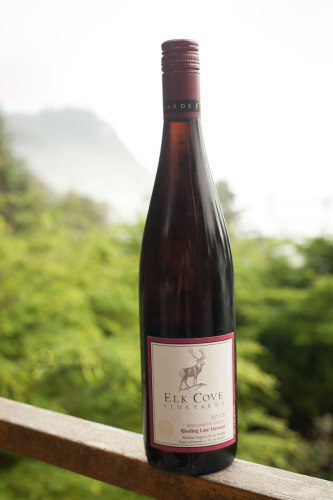 Yamhill-Carlton AVA, Oregon
Yamhill-Carlton AVA, Oregon
Grapes: Riesling (100%)
Alcohol: 9.5%
Ratings: ★★★★★ (out of 5)
• Profile: ★★★★★
• Food-Friendliness: ★★★★
• Value: ★★★★ 1/2
Recommended for: Converting “Riesling is too sweet” skeptics, as well as spicy Caribbean food (e.g. Jamaican Jerk Chicken)
Tasting notes: Utterly fantastic. Appearance is a straw yellow with a greenish tinge, but mostly clear and light in color, which betrays the golden flavors that follow. The nose is dominated by nectarine and jasmine flower. Palate is wonderful and vibrant, presenting nectarine, lime, honey and white flower flavors. While this wine is “sweet,” “ripe” would appear to be a better way of describing it, as the texture is smooth without the stickiness associated with a dessert wine. Excellent balance, and a good value (around $20) for a Riesling of this high degree of quality.

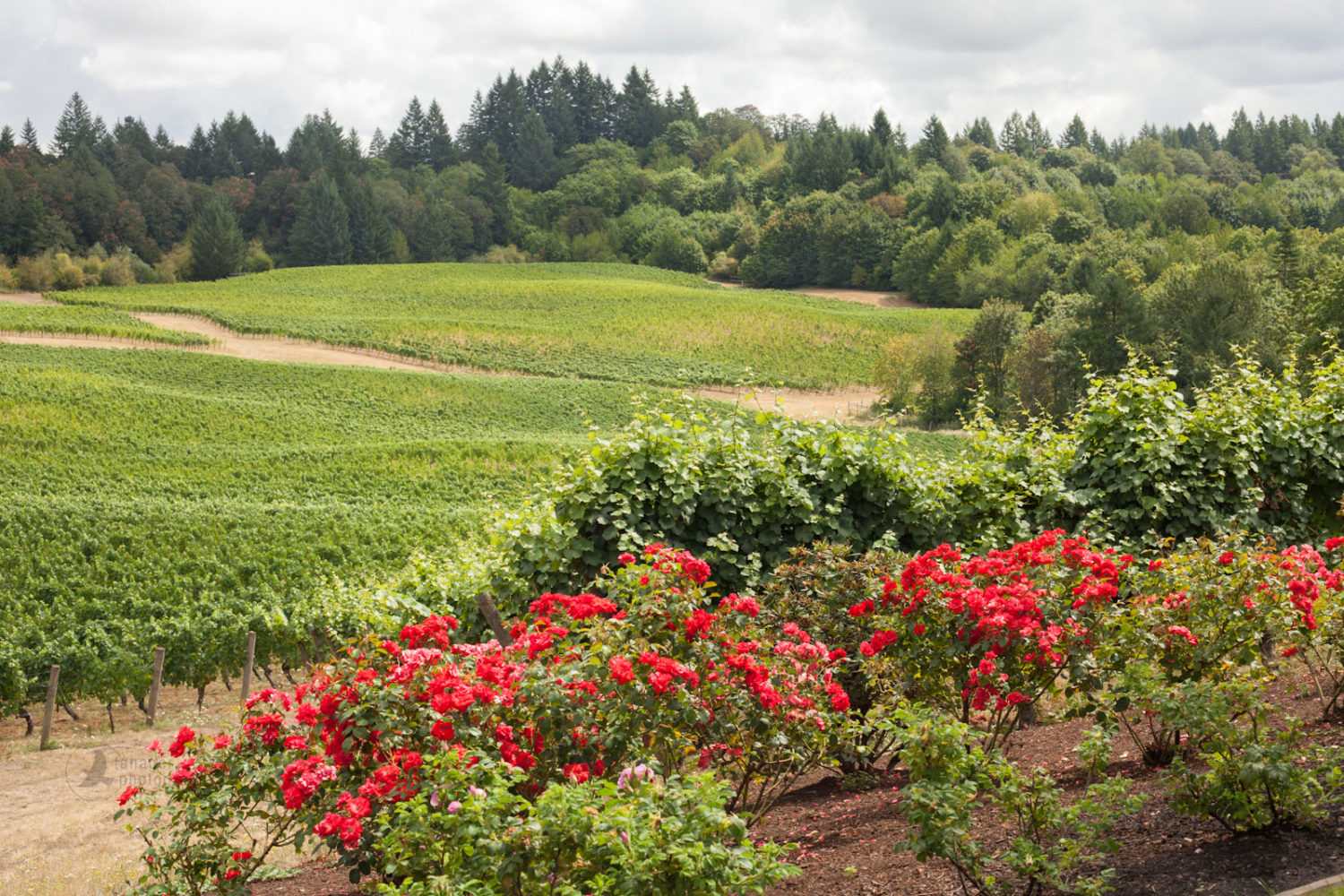
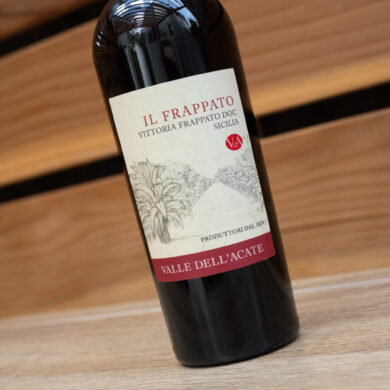
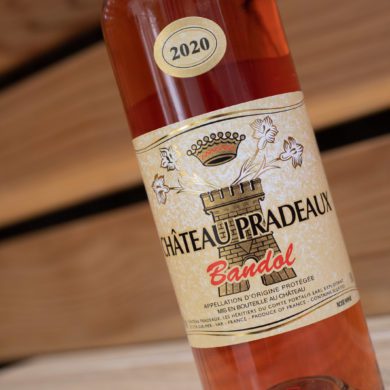
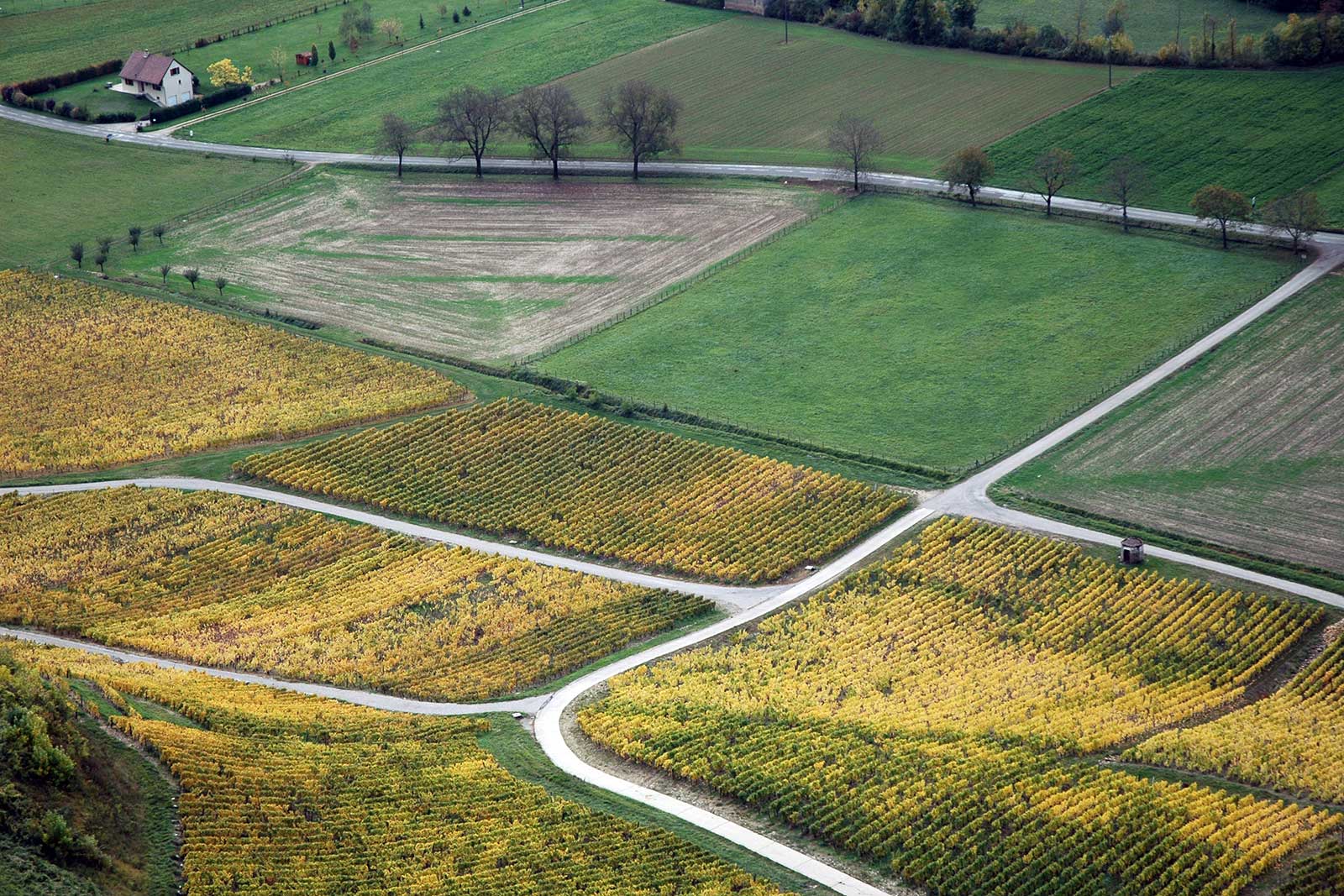
3 Comments